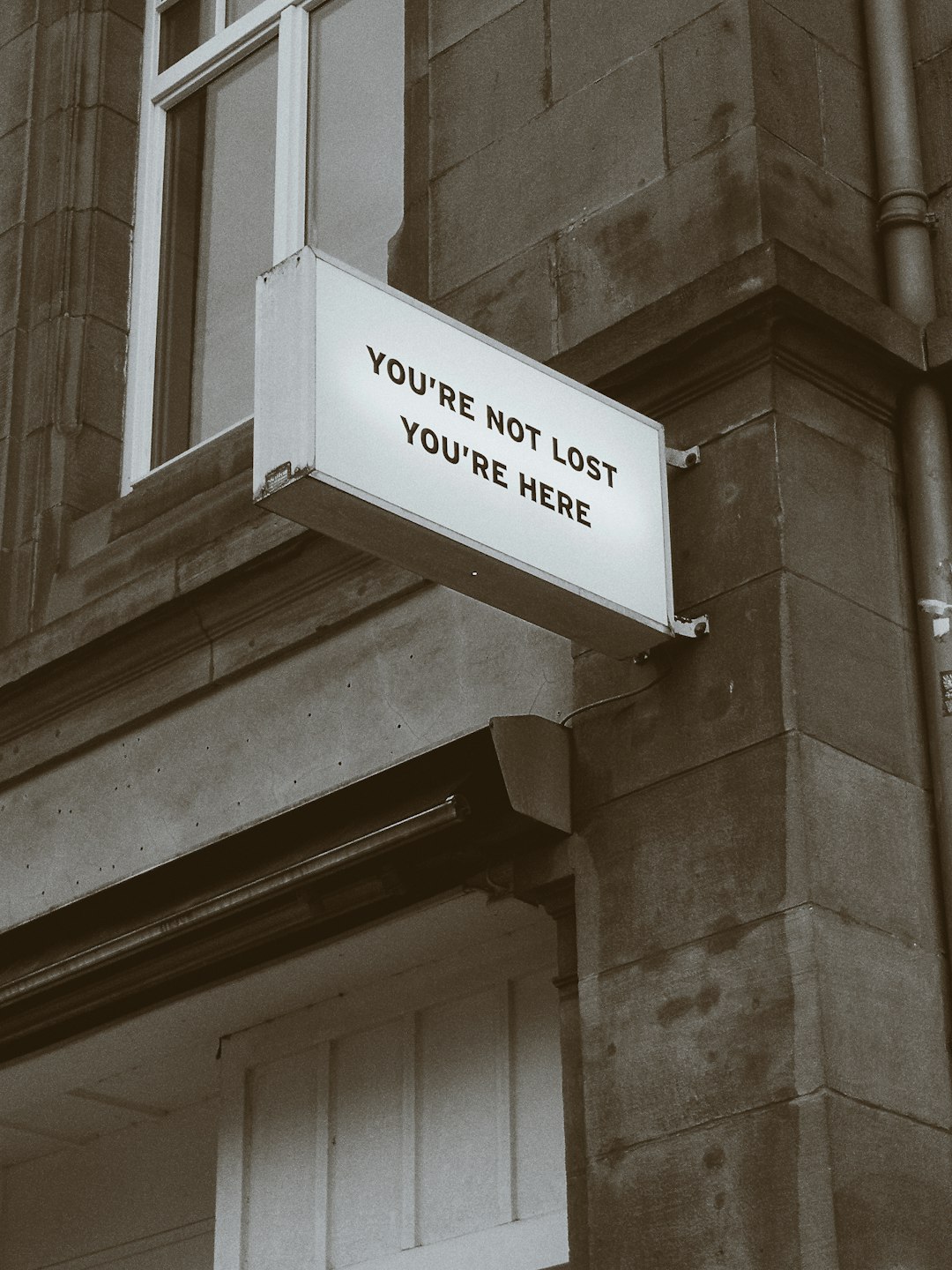How To Personalize IOD Stamps with Watercolors

One of our absolute go-to techniques, when we play with IOD Stamps, is to color them in them with watercolor paints. It’s such a sweet way to add an artistic touch to your projects without the pressure of being a professional painter! We’ve got a beginner-friendly watercolor tutorial with the Charlotte Stamp and Faux Bois Mould that’s absolutely lovely for this time of year.
In this tutorial, we delve into some of our go-to stamp masking techniques that'll bring tons of depth and dimension to your compositions. Plus, we’re sharing tidbits for watercolor on IOD stamps without overdoing it—because let’s be real, we’ve all had those moments where the water gets a little too ambitious. 🫣
These techniques are total keepers, and we can’t wait for you to add them to your creative repertoire. Grab your fave IOD stamps and let’s get to it—you’re going to love the outcome!
Ready to stock up on your favorite IOD goodies? Use our store locator to find a stockist near you and snag everything you need to complete your next creative endeavor!
IOD Products Needed:
Other Supplies:
- Watercolor Paint Kit
- Watercolor Paper
- Double-sided Mounting Tape
- Soft White Chalk Paint*
- Grey Glaze
- Quick and Thick Titebond Glue
- Scissors/Paper cutter
*we used a chalk-type paint in this tutorial, but there are many brands and types of paint, talk to your stockist to learn which one is right for you!

Step-by-Step Guide
STEP ONE: STAMP THE COMPOSITION
We’re going to start with stamping out our composition. We began with our flowers, doing the bottom and top corners. We nestled a bee into the bottom corner, then masked off our flowers to add a butterfly into the background. Let the ink dry completely.

STEP TWO: APPLY WATERCOLOR PAINT
Now for our watercolors! First up, have a cup of water nearby for cleaning your brush between colors. Wet your paints with a damp watercolor brush. We started with pinks for our roses, dabbing a little bit of water with our brush onto the paper before going in with the color. Think of it as coloring books for adults!
Go slow and enjoy the process, dabbing bits of color and easing it along your edges, layering pigment until you get the depth of color you’re looking for. We did multiple greens along the leaves, then rich blues on our butterfly. Finally, a cheerful yellow pigment for our hard-working bee. Let dry.


STEP THREE: TRIM YOUR ARTWORK
Place your wood blank on top of your artwork and trace around the edges with a pencil or pen. Cut with scissors, or a paper cutter if you’ve got one. Don’t worry too much about getting the size perfect, we’ll be adding a frame that will cover it.

STEP FOUR: ADHERE ARTWORK TO THE WOOD BLANK
Next, we’re using 2” adhesive tape to adhere our artwork onto the wood blank. Work around the edges of the board, pulling off the adhesive paper, then place the artwork on top, giving even pressure to ensure adhesion.

STEP FIVE: APPLY YOUR FRAME CASTINGS
On to the frame! We chose twigs from our Faux Bois mould to fit in with the garden theme. Apply a light layer of cornstarch and remove any excess before rolling a thin “snake” of clay and pushing it into the mould cavity. For our 8x10 frame, we needed four castings. Repeat if you’re using a larger piece.
Place your castings and glue into place. We did a full piece along the top and bottom, then trimmed the sides to fit.


STEP SIX: PAINT YOUR FRAME
Follow up with a soft white chalk paint. Leave to dry fully before moving on to your glaze. Our was premade, but you could make your own using a 1:4 ratio with creamy grey chalk paint and water. Full disclosure! We did ours fully wet, so our glaze didn’t have the full depth that yours will. We still love the subtle softness of it, but ideally, your castings would be dry before you go in with the glaze so you can really get it into the nooks and crannies and remove excess without sacrificing the detail of your casting. Let dry.
And just like that—you have a darling spring-y piece to add to your wall decor! We hope you had as much fun with this tutorial as we did. Keep this one handy for your future watercolor projects because now that you've got the hang of it, we have a feeling you'll be reaching for your watercolor paints for just about everything.😉

If you're just kicking off your creative journey, have no fear — our Product 101 pages are packed with straightforward techniques to set you up for success. We're thrilled to accompany you as you explore and create. For more how-tos and creative inspo, make sure to browse through the rest of our blog.
Once you've crafted your final piece, share it with our Facebook Creative Tribe! This community is not just a showcase but also a supportive hub for when you hit those creative roadblocks. And remember, your local stockist is always ready to assist with IOD supplies and expert advice. We're excited to see what you'll bring to life!
popular






